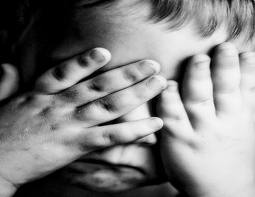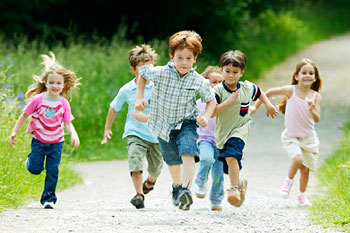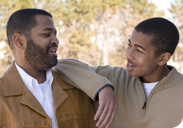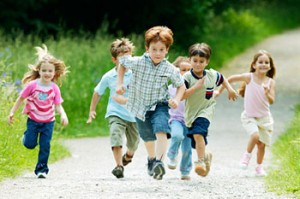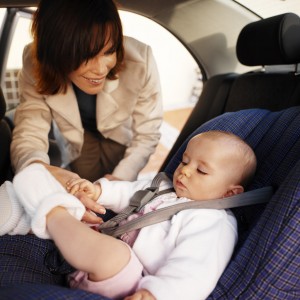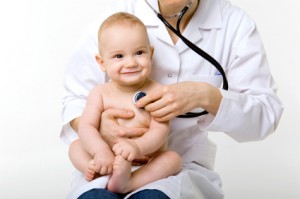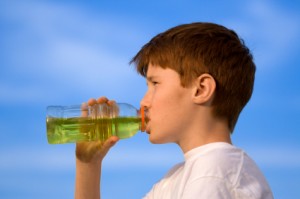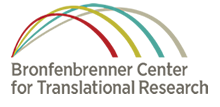We’ve all heard about the dangers of binge drinking: alcohol poisoning, injury and risky decision making – for example, having unprotected sex or driving drunk – have potential lethal consequences. Here at EBL, we’ve written before about the particular dangers involved when teens consume alcohol.
Now there is new evidence that has identified long-term consequences for young people who binge drink. A systematic review published in the journal Cortex combined data from twenty separate studies to determine the effects of alcohol abuse and binge drinking on people ages 13 to 24
The researchers found a wide range of effects for young people who abused alcohol, including impaired memory and visual learning, brain shrinkage, and changes in the brain’s white matter.
According to the researchers, the brain is still developing during the teen-age and young adult years, which makes it especially susceptible to damage during that period. In fact, there’s substantial evidence that shows the parts of the brain responsible for behaviors such as controlling impulses and planning ahead are among the last to mature.
Youth who are at risk for mental health disorders or substance abuse are more vulnerable to binge drinking the review found. Programs and treatments that prevent alcohol abuse among young people are important in ensuring their cognitive abilities aren’t impaired over the long-term.
What’s a parent to do? Research shows that modeling responsible drinking behavior, monitoring your children and maintaining a close relationship with them are effective strategies to reduce teen drinking.
